
No matter how fast-paced the world gets, customers demand better, quicker service. That’s why your operations need to be on point.
Operations Experience Management is a key step in delivering goods and services. It improves the flow of your operations, and helps you scale customer management.
The problem is that while Operations Experience Management helps connect your processes, it’s only part of the puzzle.
To scale in an effective and hassle-free way, you need a whole-systems approach to connect and orchestrate all your processes in one place — you need Omnichannel Experience Management.
This article gives you examples of how and where to use an omnichannel approach to your operations, and how to put this into action effectively, to see excellent results.
What’s Operations Experience Management?
Operations Experience Management can be defined as the management and optimization of the customer experience with your organization’s processes. This includes everything from the ease of your user interface to the reliability of your post-purchase services.
The main purpose of this practice is to ensure seamless, efficient, and effective operational processes from the customer’s perspective, reducing friction and enhancing satisfaction.
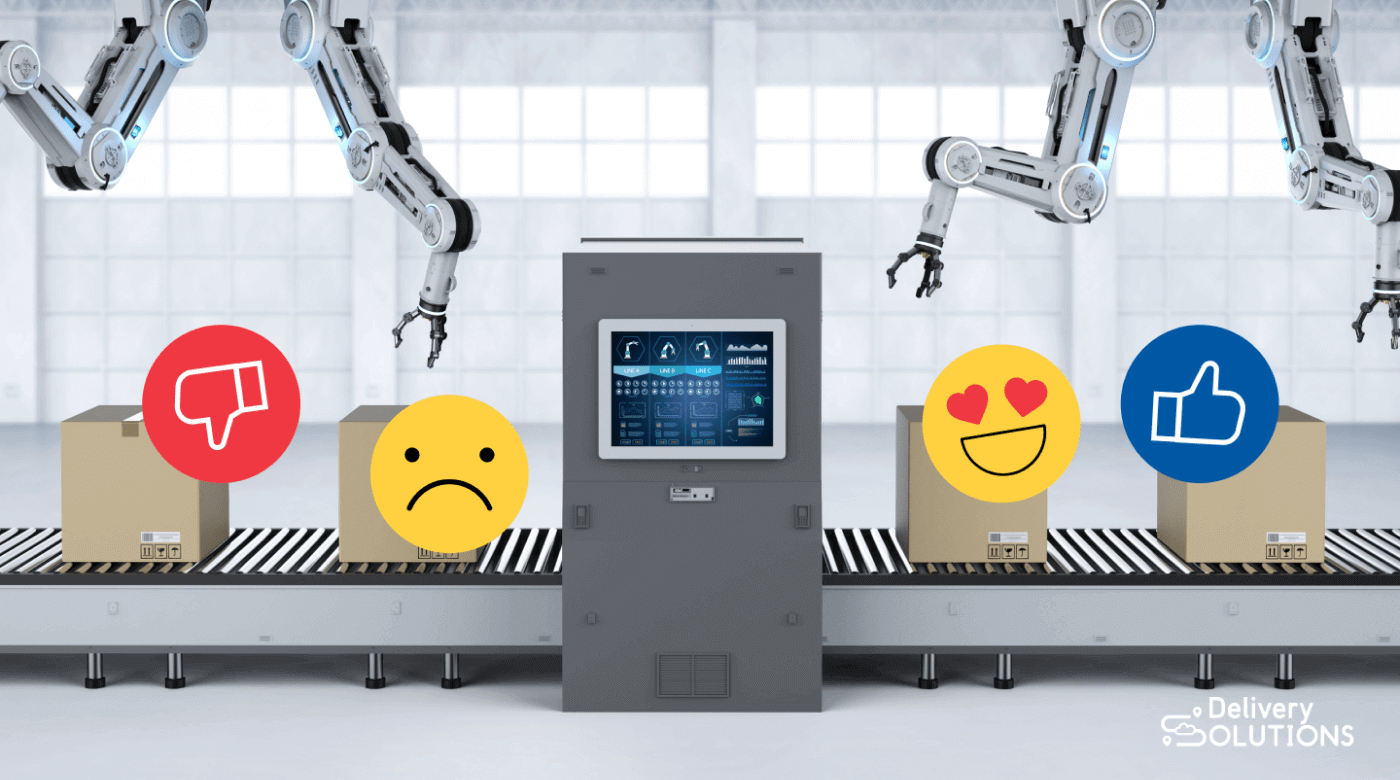
Operations Experience Management primarily focuses on connecting and improving specific operational processes — like inventory management systems, transaction processing, or customer service ticketing — so the customer gets a better experience of your company.
But, customer experience comes down to more than smooth operations. Every touchpoint needs to be effortless for the customer.
When you’re trying to balance multiple systems that only serve one purpose, it can be hard to provide a consistent experience to your customers.
The shift to omnichannel
Let’s start with a simple example.
The truck tasked with delivering a cake for a corporate event gets stuck in a sudden traffic jam and can’t get to the pickup point on time.
The customer can’t speak directly to the driver and, while there’s a live chat option, all the agents are busy,
The result is a costly failed delivery, a scathing customer review, and the loss of a corporate contract.
Operationally, where do you even start?
This is where an omnichannel approach evolves your whole system.
Omnichannel Experience Management (OXM) looks to orchestrate any and all actions that touch the customer, so that they work together to prevent situations like this and self-heal when they do.
Our OXM platform takes the work out of managing all the minute details, giving you one place to view, manage, and streamline all your customer experience processes.
Manually managing and improving logistics and shipping operations is cumbersome and time-consuming. OXM helps you to synchronize and harmonize every single touchpoint in your logistics, returns, post-purchase, and pickup processes in a dynamic and innovative way. This drives efficiency and evolves the customer experience.
Here are a couple of ways OXM would have handled the issue in the example above:
- Flag delays: Through real-time driver communications and live tracking, our OXM platform can flag unexpected delays
- Replace with eligible truck: The system would replace the delayed truck with another eligible vehicle that can complete the delivery in time.
- Facilitate customer communication: Alongside automatic updates and real-time tracking, customers can live chat with drivers about their deliveries, reducing customer service wait times and failed deliveries.
Operations Experience Management vs Omnichannel Experience Management: Explained
Operations Experience Management and Omnichannel Experience Management both offer ways to manage operations that improve the customer experience.
In the context of fulfillment solutions, Operations Experience Management focuses on connecting together your existing processes for ordering, tracking, delivery, and customer communication.
These types of tools help you to see all your processes under one roof, to make sure customers can easily place orders, track progress in real-time, and receive goods as expected.
The problem is that, while you get visibility on your operations, the processes often feel disjointed when connected together as an ill-fitted patchwork of DIY integrations.
Omnichannel Experience Management goes beyond operational processes to create a seamless and integrated customer experience across multiple channels by orchestrating the whole system.
An Omnichannel Experience Management platform like Delivery Solutions aims to provide a continual brand experience for customers, irrespective of how they interact with the brand — whether that be via a sales website, a customer service agent, or a delivery driver.
Offering much more than simple connectivity between you and your customer, Omnichannel Experience Management orchestrates and automates your operational processes.
Let’s zoom in a little to understand how this works in real life.
- A holistic approach: Kitt, a sports enthusiast, orders a specialized bike from an outdoor sports website. They place the order on the store’s website, check the order status on their mobile app, and opt for in-store pickup. Thanks to the store’s Operational Experience Management (OXM) software, Kitt’s shopping experience is consistent and synchronized across all platforms, fostering trust and loyalty to the brand.
- Orchestration and automation: Kitt’s bike needs to be delivered by a special carrier as it’s very fragile. The OXM platform intelligently identifies the optimal carrier for Kitt’s geographical location and their preferred delivery time slot. It considers variables such as the nature of the item ordered, the origin of the order, and the performance history of different carriers. This orchestration and automation deliver a hassle-free and satisfactory customer experience.
- Sophisticated logistics: After a couple of weeks, Kitt decides to return the bike. Using the company’s OXM platform, Kitt has several pre-configured return options based on the product type. They can arrange for collection or drop it off at a store location.
- Smart relationship management: The retailer’s OXM strategy not only makes returns easy for Kitt, but also brings them back into the shopping environment with tailored promotions and discounts related to their purchases, requirements, and experience. The platform uses Kitt’s feedback to improve the next interaction.
- Personalizable, granular configurability: The story doesn’t end with Kitt’s return. The OXM platform identifies that Kitt is a “frequent returner” of specialty items due to assembly issues. With this insight, the platform automatically adjusts the delivery options for future orders, offering Kitt a free in-store or at-home assembly service. This reduces the chances of return, decreases shipping and return waste, and provides Kitt with a hyper-personalized retail experience.
The sheer scale of configurability of the Delivery Solutions OXM platform enables you to boost revenue, improve the customer relationship, and reduce waste across every facet of your fulfillment processes.
6 OXM Best Practices: Omnichannel operations to deliver fast, exceptional service
Operational speed and quality is determined by how well connected your processes are and how effectively they’re carried out.
To streamline your operations to deliver consistently excellent customer service, try these best practices.
1. Adopt centralized software to streamline operations
There’s no two ways about it.
For you to get a full visual of your operations, you need to be able to see them all in one place.
There are two conventional ways that enterprises handle this visibility issue as quickly as possible:
- Develop specific single-channel tools in-house
- On-board specific single-channel software to serve their immediate needs
The problem with single-channel software, like an inventory management system or a customer service platform, is that it only solves one issue at a time.
Connecting these systems together is a headache.
To manage and orchestrate the whole operation, teams need to manually juggle and manage several different tools — which may or may not talk to one-another — while adapting to real-life changes.
Plus, most of these tools only provide insights into your processes. While some may offer manual control, most don’t automatically orchestrate and improve actions.
With an Omnichannel Experience Management platform like Delivery Solutions, you can view, manage, and automate all your fulfillment processes in a centralized location. This streamlines and optimizes operations for better control over your brand experience.
2. Monitor and measure performance metrics for better decision-making
Monitoring key performance indicators (KPIs) enables you to proactively spot bottlenecks and take advantage of opportunities as they occur.
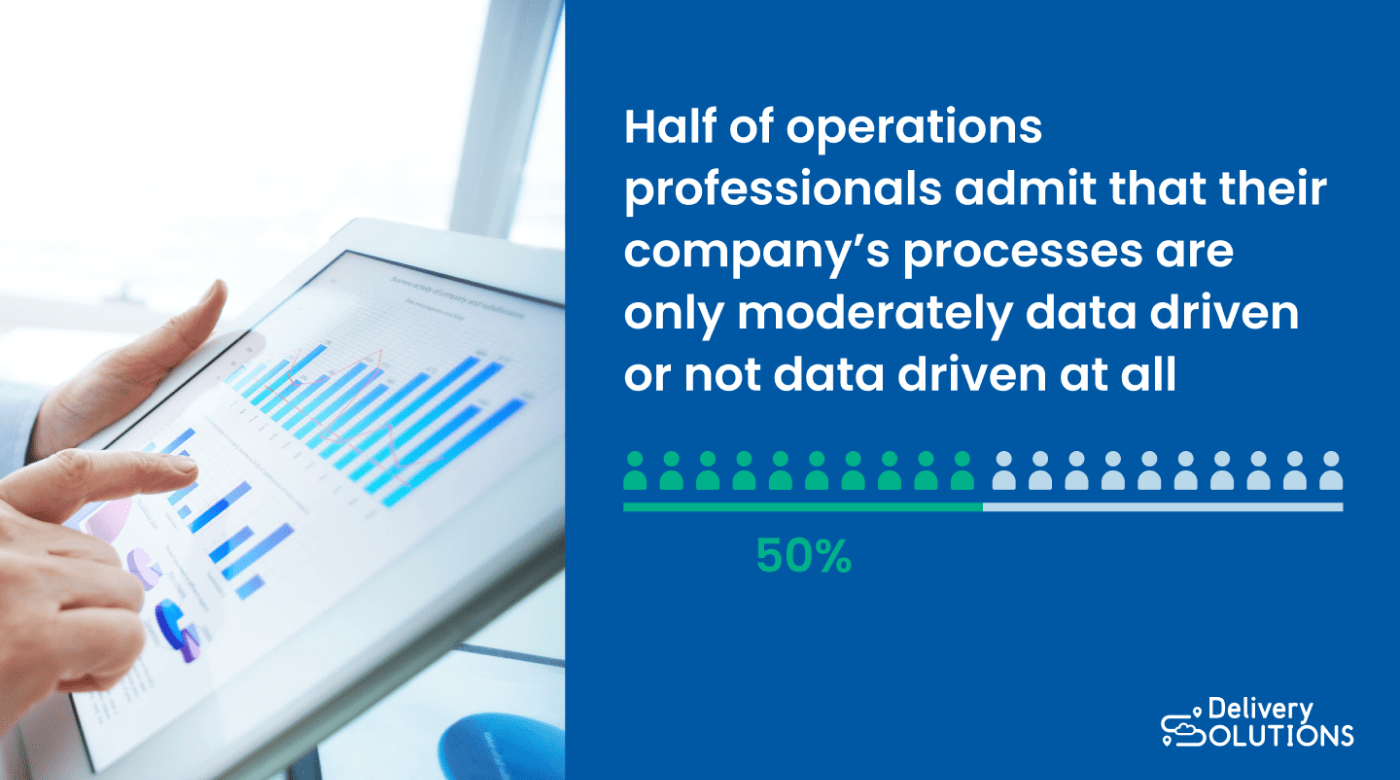
Despite this obvious logic, a surprising number of operations teams don’t make decisions using data. About 50% of Ops professionals say that processes within their companies are only moderately data-driven or not data-driven at all.
Not only does an Omnichannel Experience Management platform make it easy to track and measure performance, but it also allows you to adjust operations within the same platform, based on this information.
But it doesn’t end there.
Your OXM is the key to improving the surrounding tools in your existing ecommerce tech stack.
For example, imagine you’re a home appliance company with the aim to improve customer experience and reduce costs.
You choose to do this by offering same-day delivery services.
Your OXM would highlight potential problems with variables like product, order location, customer location, time of day, and delivery service provider/carrier.
Not only would this help you understand the parameters of offering this service, but you can integrate your existing Order Management System (OMS) to connect this data to real-world examples. This would improve the effectiveness of your OMS.
So if a customer orders a big fridge to be delivered during a rush hour, the OXM system will automatically discount DSPs whose vehicles are too small, and those that often run late at that time in that area.
Instead, it will select the most appropriate service with large trucks that don’t experience the same delays.
Following this experience, the platform quantifies the data, so that store operations managers can configure in-store and online rules that set a particular carrier as the default DSP for “big fridges” at “rush hour” in “Area X”.
That way, your OMS and OXM work together to ensure efficient, personalized delivery services. This cuts out the costs of redelivering and improves the overall experience.
3. Implement continuous process improvement to enhance customer experience
To check your operations are running at their best, you need to check in regularly with your customer experience journey and make improvements based on changes.
By continually addressing your processes, you don’t just improve customer satisfaction. You also reduce costs associated with fixing errors and waste.
Use your Omnichannel Management Platform to analyze the data from customer interactions to identify where you should focus improvements. Then leverage your insights to act on that data by setting rules that apply to these situations in the future.
Let’s look at an example of how OXM can reduce waste, while offering a seamless returns process.
Imagine you sell organic skincare products.
Due to the cosmetic nature of your products, you can’t resell unsealed products that have been returned. While you can rebox sealed items for resale, it’s too tough to integrate your order management system with warehouse management system (WMS). Instead, all returns get thrown in the trash.
By switching to our OXM, you can handle returns far more efficiently to significantly cut back waste:
- Opened Returns: A customer returns a slightly used product, citing a reaction. Using the OXM platform, you set a rule that automatically offers a refund or exchange for such items. Customers dispose of the goods at home. This not only enhances the customer experience but also eliminates costs of returning the opened product to the warehouse.
- Unboxed Returns: Another customer returns an unused but unboxed skincare product. Based on a pre-set rule, the OXM refunds the customer and offers a discount on future purchases. It reroutes the product to the reboxing warehouse. The product is fit for resale, minimizing waste, and the customer is satisfied with their refund and purchases something else using their discount.
- Boxed and Sealed Returns: A customer sends back a sealed skincare set, not suitable for their skin type. The OXM sends it directly to the warehouse for quality control and restocking. It’s available for resale quickly, saving time and reducing potential waste.
4. Integrate AI and automation for faster response times
Artificial intelligence and automation go hand-in-hand to improve the speed, accuracy, and personalization of your systems.

It’s not just that AI and machine learning (ML) can save you time by doing your mundane tasks, it can also analyze data and make decisions and predictions that streamline your whole system.
Take supply chains, for example. Early adopters of AI-enabled supply-chain management have reduced costs by 15%, cut down on wastage by 35%, and improved customer service levels by 65%, compared with companies not using these types of tools.
These positive results don’t simply come from AI managing your day-to-day tasks. These companies use AI tools to make omnichannel decisions that sharpen up supply-chain operations across all aspects of the company.
For example, your OXM can analyze short- and long-term trends across shipping services, carriers, and DSPs to find and alert you to the efficiency gaps in your processes.
6. Invest in real-time communications to enhance customer support
Communication is imperative to keeping customers happy.
For example, when it comes to ordering online, more than four out of five customers expect regular communication about their deliveries.
To offer customers convenient, speedy support, you need to offer personalized, real-time communication on a platform that suits your customer. But, this needs to be scalable. It’s no good trying to offer one-to-one phone support with only one worker in the office.
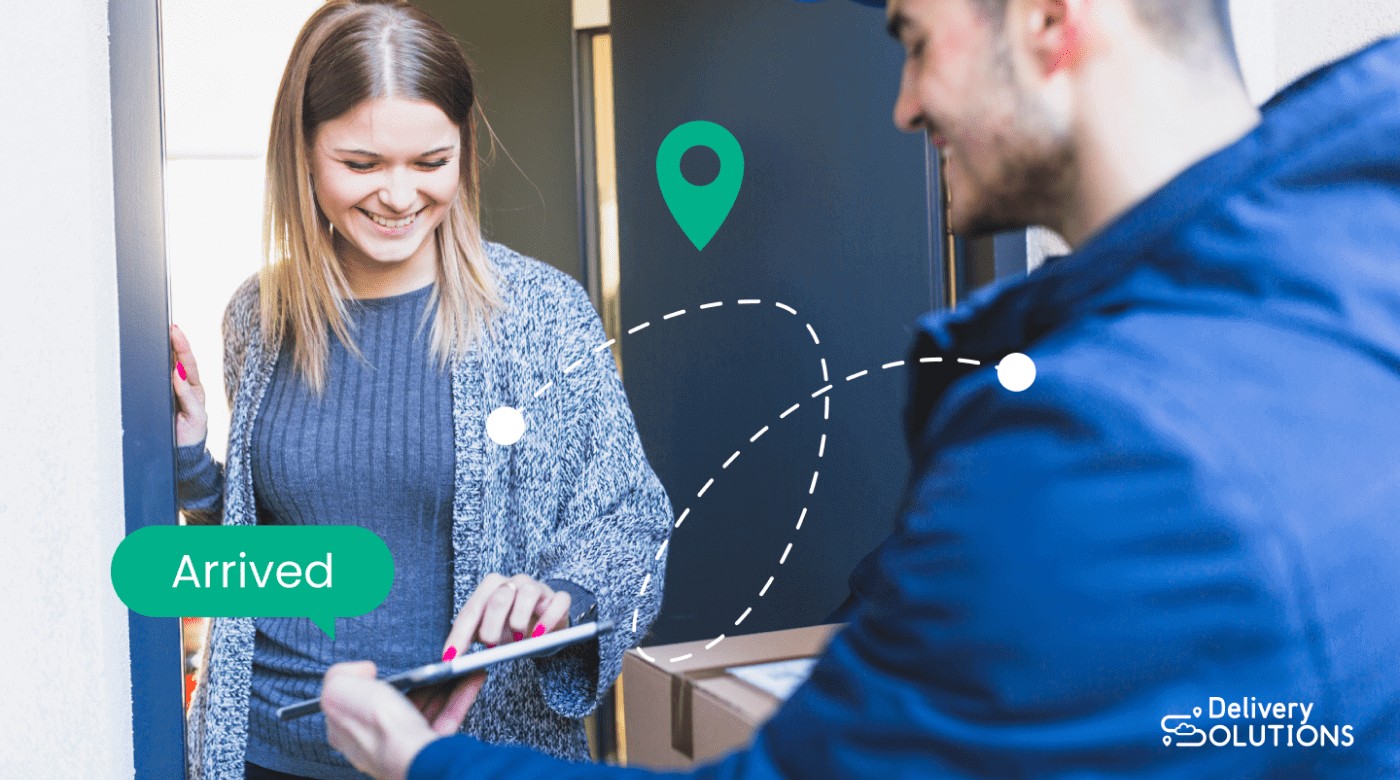
With an Omnichannel Management Platform, customers can use the live tracking feature and automated notifications to stay up-to-date on their order.
Live chat services connect drivers with customers to provide scalable real-time support. Customers can also access live chat with customer service agents. But, since most problems are usually handled between driver and recipient, live chat agents experience a lighter workload and can focus on more complex issues..
This lowers wait times, while offering speedy, personalized service for the customer. It also prevents misunderstandings that can lead to failed deliveries, incorrect orders, and late collections.
Omnichannel Experience Management Use Cases: Operations Management Examples
Your customer journey deserves better than a few quick fixes to your website.
To truly revolutionize your customer experience, you need to optimize every channel or action that touches the customer — you need an omnichannel experience management solution.
Here’s a few examples of how OXM works for different verticals.
1. Centralized software implementation to reduce delivery times
An online fashion retailer finds its customers are dissatisfied due to slow deliveries.
Since the slow deliveries are caused by the disconnected processes between ordering and shipping, the company adopts Omnichannel Experience Management to streamline its order fulfillment process.
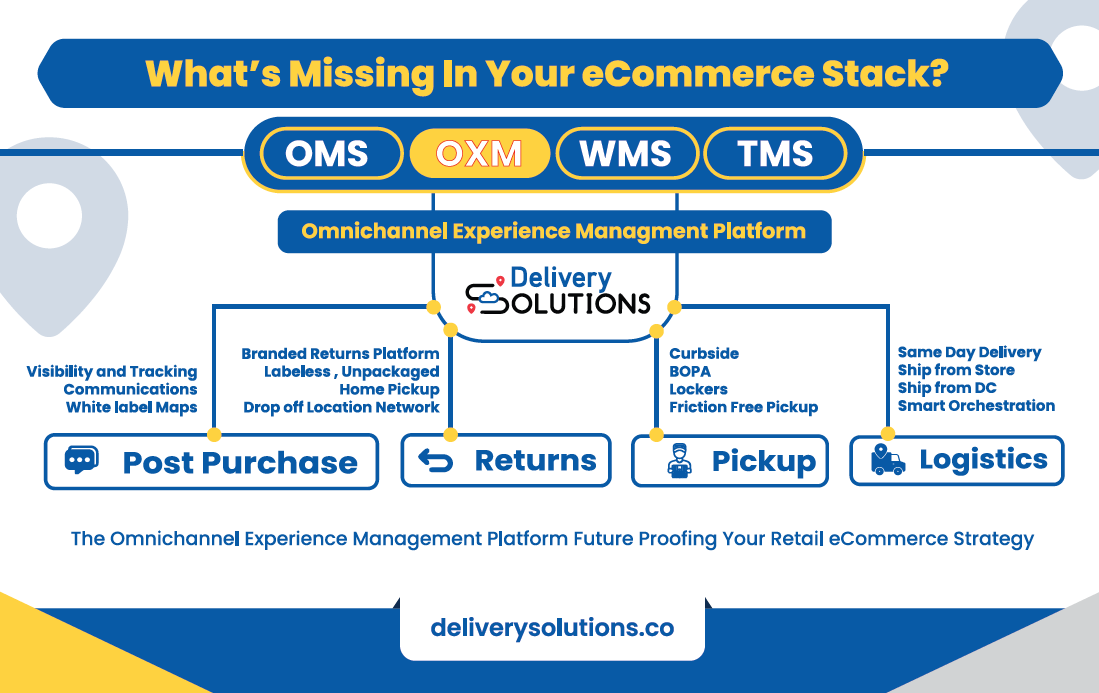
By centralizing everything in one place, orders head straight to the delivery companies, and products are shipped as soon as they are processed.
2. Data-driven decision-making to improve customer service
Experiencing persistent poor ratings, a grocer with an online home delivery service opts for Omnichannel Experience Management to centralize all its customer interaction data.
That way, the company has insights direct to one dashboard, enabling them to better understand the barriers online customers are experiencing.
This helps to shape future operational improvements, to provide quality service delivery based on real-time customer needs.
3. Continuous process improvement to enhance the customer journey
A meal kit company wants to offer more options for receiving its box.
By integrating Omnichannel Experience Management, they can easily test different delivery options, such as Buy Online Pickup Anywhere (BOPA) or same-day delivery. Delivery Solutions makes it easy to keep the services that customers want and drop the ones they don’t.
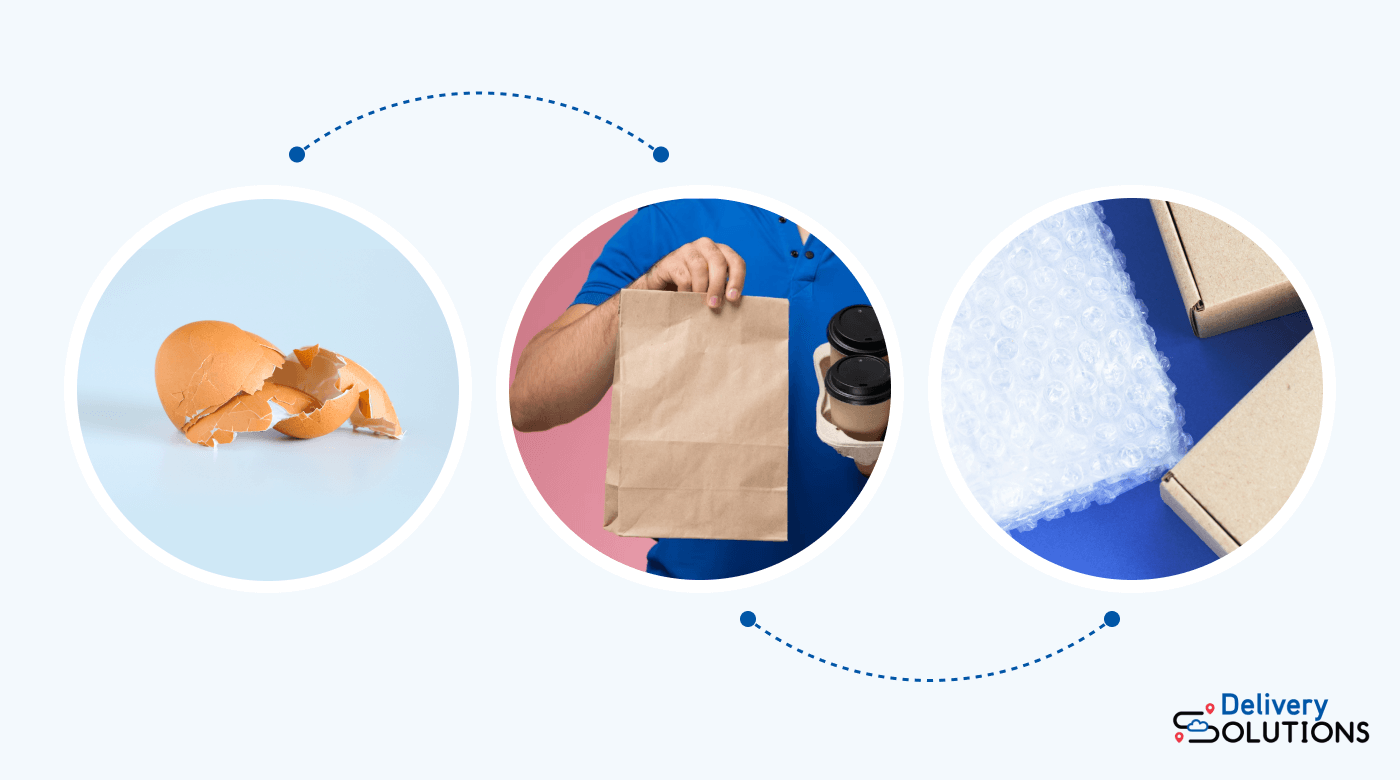
This means the meal kit company can provide the exact delivery service their customers want as they want them, without worrying about long contract terms with third-party logistic companies.
4. Automation to boost efficiency
A big box retailer wants to boost its operational efficiency by cutting miles.
Omnichannel Experience Management enables the company to automate driver selection based on specific parameters such as location and goods type (tall and heavy, refrigerated, live, etc).
By synchronizing all channels, the platform can automatically optimize delivery schedules, reducing road miles.
It also prevents issues like the nearest driver arriving and realizing they don’t have a cat cage, or two refrigerated trucks heading to the same place.
5. Customer-centric processes to improve user experience
An online pharmacy notices that most customer service tickets are related to missed delivery slots or Where Is My Order (WISMO) inquiries.
This is problematic for a pharmacy that delivers life-saving medication, since patients need their scripts filled on time.
By integrating OXM, live tracking, live chat, and automatic update features keep users informed about their deliveries, and recipients can notify drivers of changes.
Not only does this improve the user experience directly, but it also reduces the financial and human costs of missed deliveries.
6. Personalization to increase conversion and loyalty
A home goods retailer wants to increase the value of each customer by upselling and encouraging loyalty.
Our Omnichannel Experience Management platform enables the retailer to personalize messaging based on the customer’s order.
Let’s imagine the customer orders a mirror. Just before delivery, the retailer sends out last-minute promotions to add on hanging accessories, hooks, and a laser level. After delivery, the customer receives a survey in return for a discount code for their next visit.
7. Proactive communication to reduce support inquiries
A big furniture delivery company is struggling to handle customer calls about their deliveries.
Shipping often involves a multi-leg journey in and out of distribution centers. This requires the furniture to pass through multiple third-party carriers and a last-mile delivery service.
Without OXM, customers have to deal with different tracking systems depending on the leg of the journey. This is confusing and it becomes unclear who is accountable for tracking the goods and updating the customer.
Migrating to Omnichannel Experience Management wipes out a good chunk of these calls immediately, as customers can see exactly where their goods are and communicate with the retailer at all times.
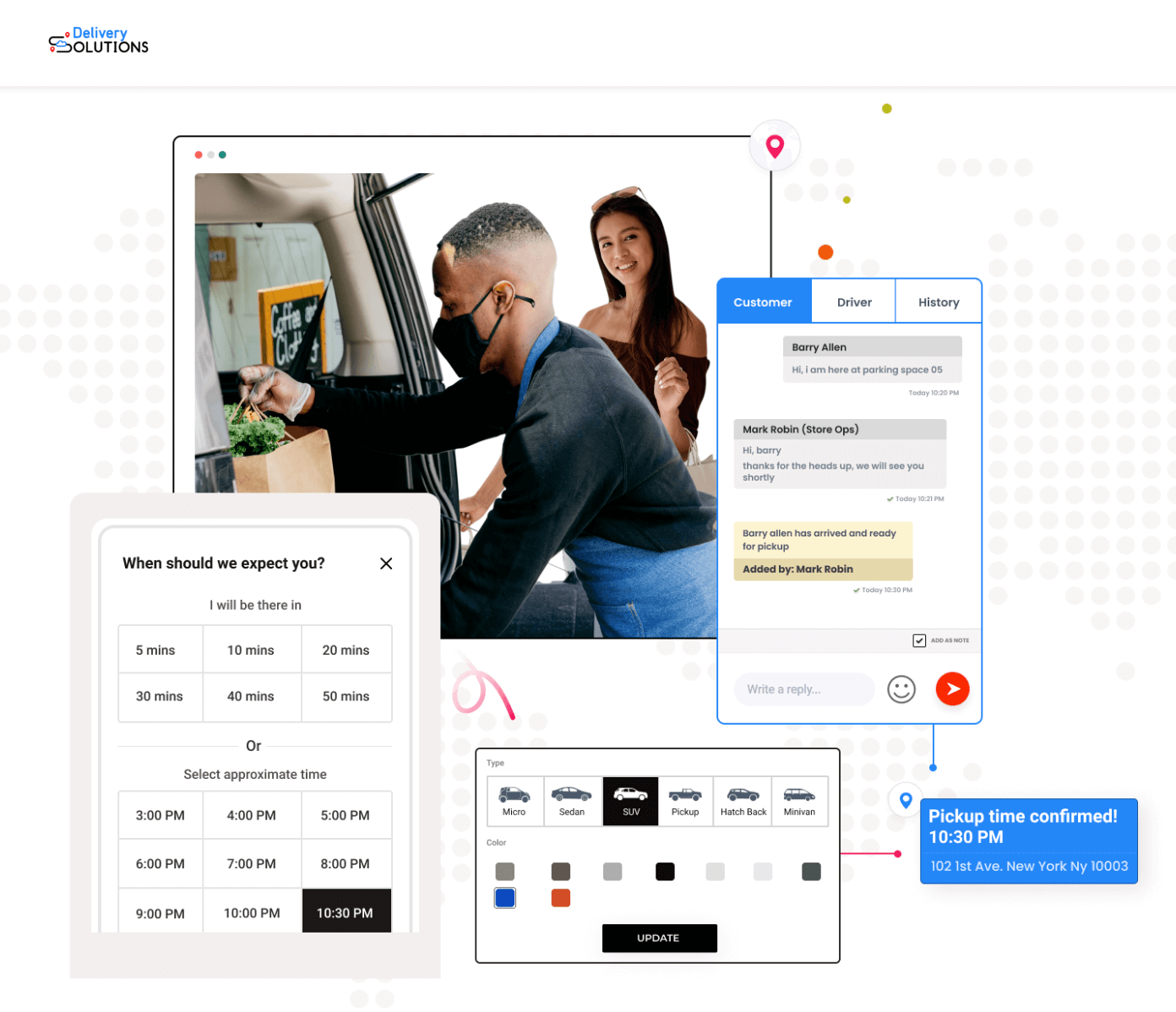
The OXM’s personalized, real-time delivery updates, live tracking, and localized chat options all work to significantly reduce customer service traffic. For the customer, it’s easy to track their goods in one place, and they can talk to someone if they need to.
Let’s talk omnichannel
If you’re tired of migrating from one operations management tool to the next, only to run into the same hurdles, it’s time to reconsider.
To scale and evolve without losing the personal touch, requires a holistic approach that conventional operations software can’t offer.
An omnichannel approach revolutionizes the customer experience by simplifying your existing processes and spotting opportunities for future development, while maintaining a continuous brand experience throughout your whole customer journey.
Ryan Caldarone is responsible for Delivery Solutions’ digital marketing and content strategy. He has over a decade of experience in B2B marketing, copywriting, and eCommerce operations. Before his work with technology companies, Ryan has experience in the energy sector with established international distributors, as well as SMBs He promotes value-focused storytelling to empower our enterprise customers and benefit retail consumers at large.






